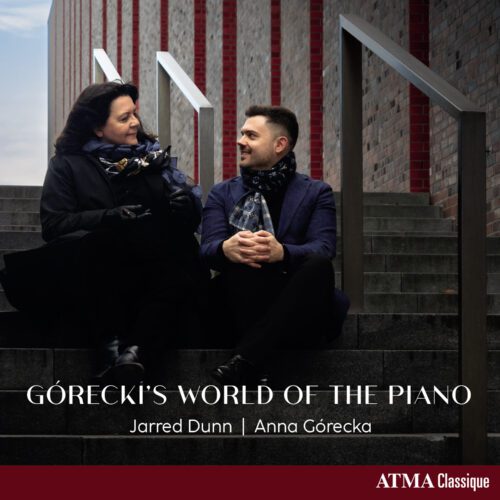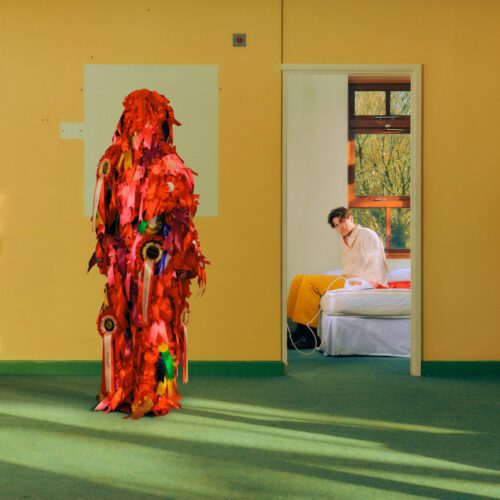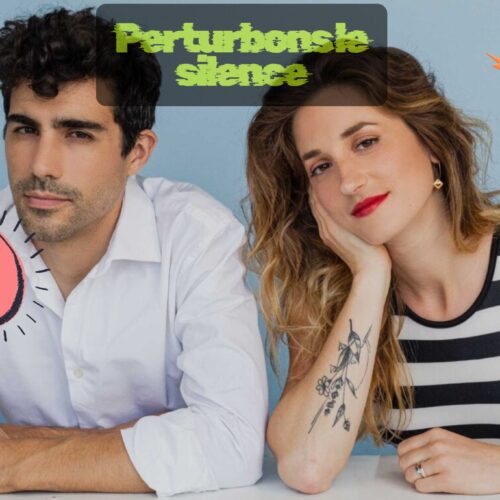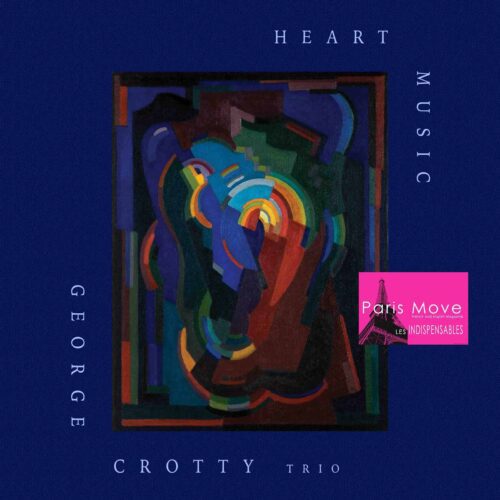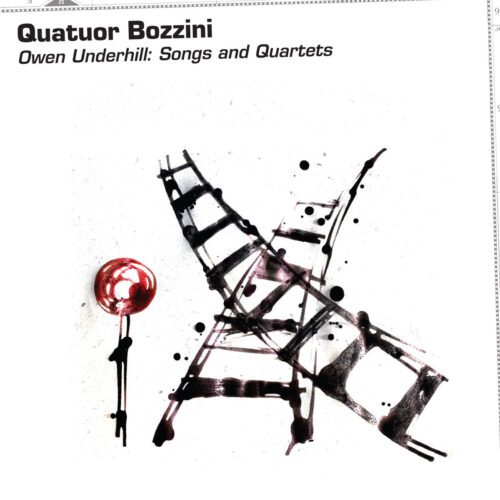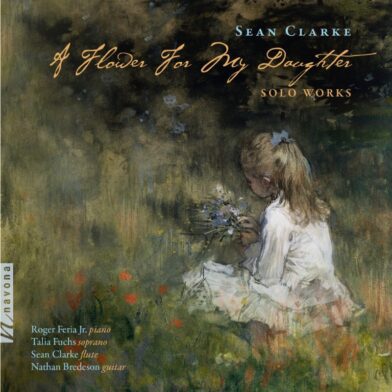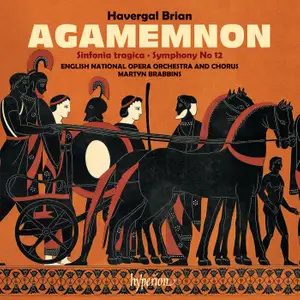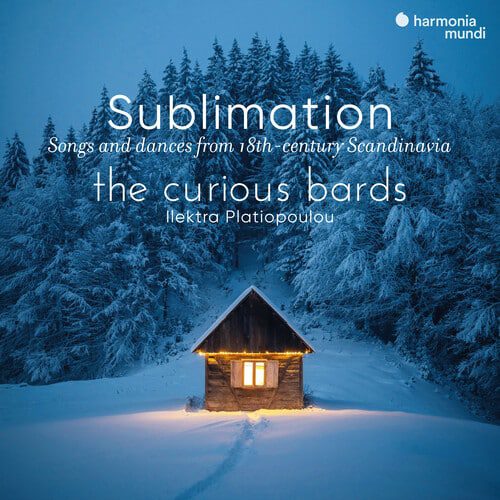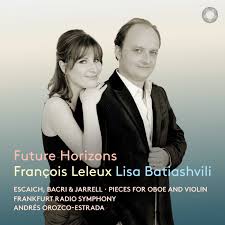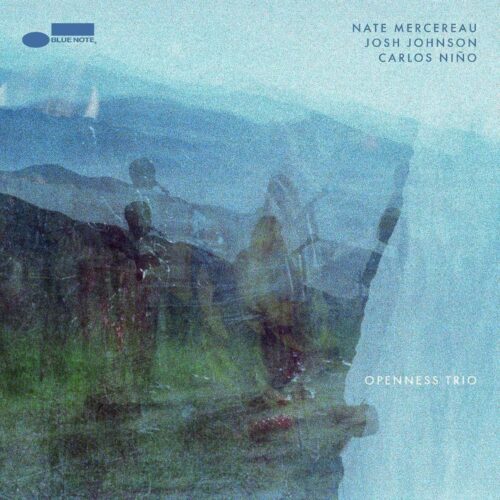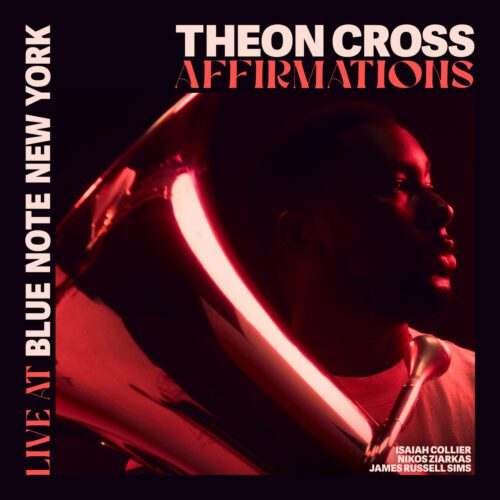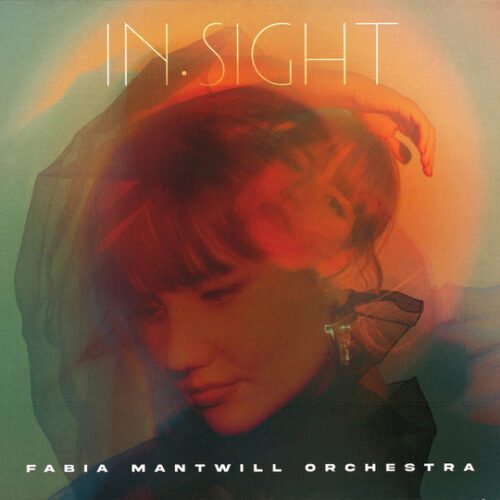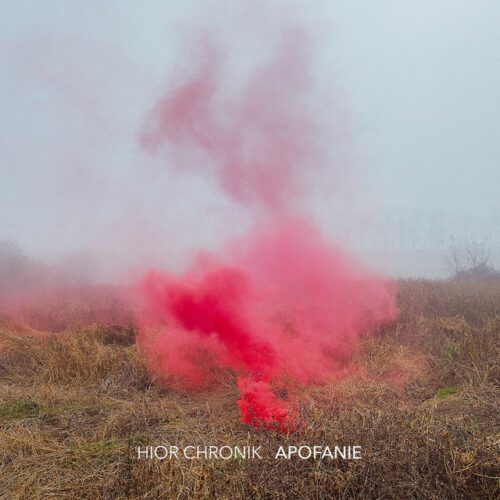These Five Pieces for Two Pianos op.13 in serial form are a rare example of the Polish composer’s exploration of this technique, a far cry from his famous Symphony No. 3, Sorrowful Songs’. The conceptual rigour of the Pieces is magnified in this take by Dunn and Gorecka’s excellent sense of colour.
The rest of the programme consists of pieces for solo piano, all played with panache by Dunn. The universe evoked is generally quite similar to that of the Harpsichord Concerto, with a rough tonalism supported by a deliberate sense of rhythm, as in Shostakovich. Occasionally there is a shift towards more atonalism, but this is a field of investigation that Gorecki has rarely explored in his career. It is also one of the reasons why the Pole was for a time included in the list of ‘minimalist’ composers (along with Glass and Reich) or ‘spiritualist’ composers (like Arvo Pärt). Although a few choral and orchestral pieces can be loosely associated with them, Gorecki remains very much apart from these schools. This is even more obvious when listening to this complete piano works album, in which there are very few examples that can be associated with the above-mentioned genres (Lullaby op.9 and Intermezzo could perhaps be seen as sad cousins of Pärt’s Für Alina).
Instead, we discover a modern artist with an unmistakably personal discourse, whose grey, foggy sensibility is splendidly brought to life by Jarred Dunn. Enjoy the density of the Four Preludes op.1, the stylistic eclecticism of From a Bird’s Nest (where post-webernism rubs shoulders with Shostakovich and folklore), the abstract sensuality of the Sundry Pieces op.52 and the fury of the Sonata no 1 op.6.
Gorecki’s World of the Piano is an important album of the highest artistic stature.
